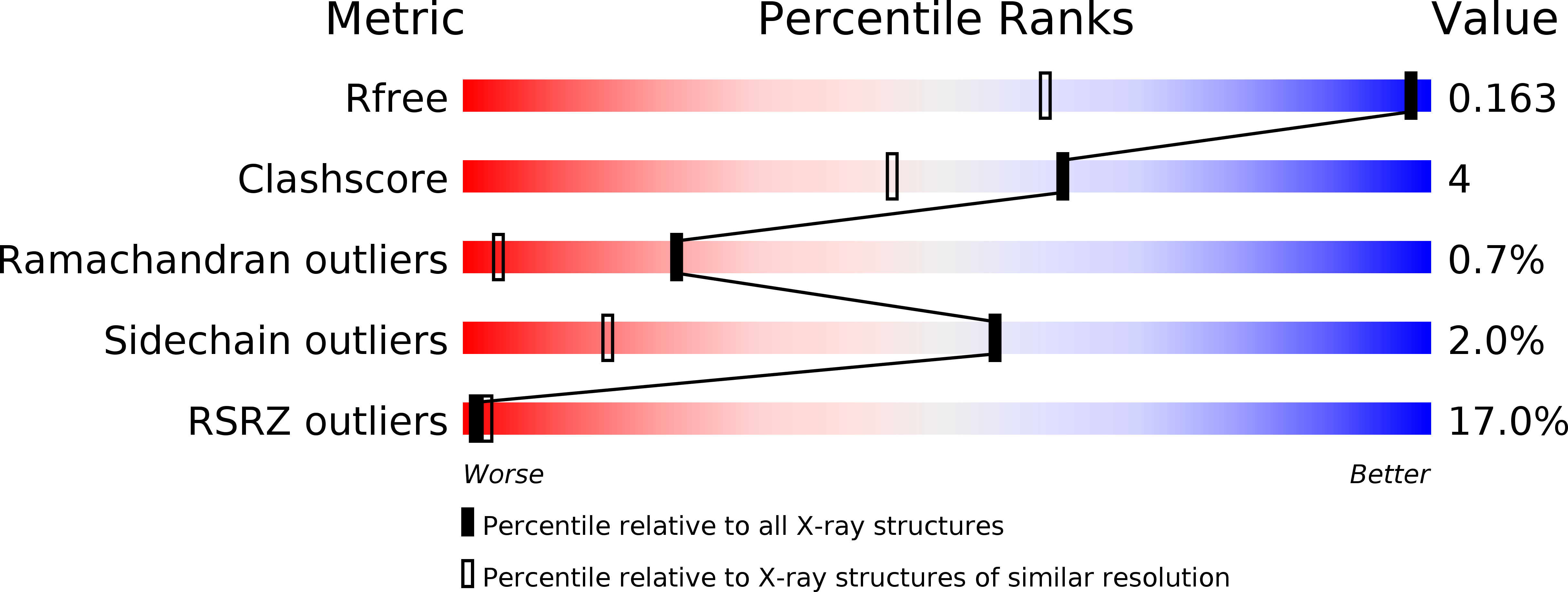
Deposition Date
2010-06-03
Release Date
2011-09-21
Last Version Date
2023-11-01
Entry Detail
PDB ID:
3NBD
Keywords:
Title:
Clitocybe nebularis ricin B-like lectin (CNL) in complex with lactose, crystallized at pH 7.1
Biological Source:
Source Organism:
Clitocybe nebularis (Taxon ID: 117024)
Host Organism:
Method Details:
Experimental Method:
Resolution:
1.15 Å
R-Value Free:
0.16
R-Value Work:
0.13
R-Value Observed:
0.13
Space Group:
P 21 21 21


